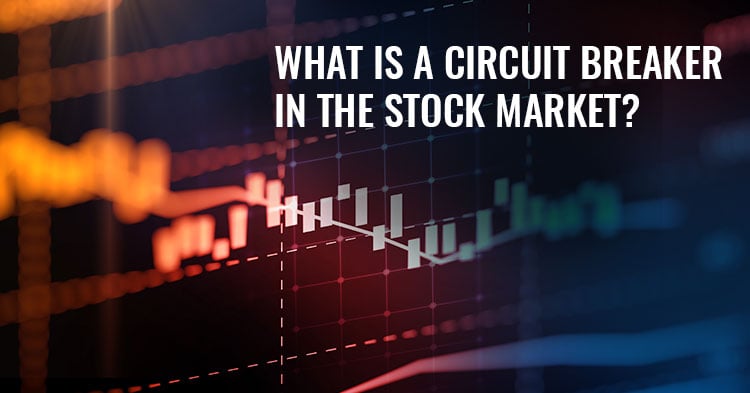
Circuit Breaker in the Stock Market
When market participants are carried away by an excess of pessimism or optimism, regulators have a way of reining them in
Most people consider Friday the 13th an unlucky day. Well, for stock market traders and investors, March 13, 2020, started poorly. The Nifty (NSE) plunged 10 percent, triggering a circuit breaker that halted trading. Shortly after that, the BSE also halted trading when the Sensex fell 9.4 percent. When the markets resumed after the break, they recovered and ended the day in the green.
Such volatility wasn’t exceptional to India. Stock markets around the world had collapsed as the coronavirus pandemic spread rapidly from country to country.
What is a Circuit Breaker?
A circuit breaker in electrical terms is a switch that automatically stops the flow of electricity when the circuit is overloaded or in danger.
What is a stock market circuit breaker, and how does it work?
Markets often behave irrationally and over-react to events. A circuit breaker in the stock markets performs a similar role as it does in electrical circuits. It prevents sudden large-scale price movements, which could result in significant losses to participants, by halting trading if the markets move by a certain percentage. The trading break allows the market to settle down and curbs panic.
Circuit breakers are set at different levels in stock markets around the world. In India, circuit breakers are triggered when the BSE Sensex or NSE Nifty drops by 10 percent, 15 percent or 20 percent (see the table below to understand when circuit breakers are triggered and what happens when they are triggered).
| When are circuit breakers triggered? | ||
| Trigger Limit | Trigger Time | Duration of Halting Trades |
| 10 percent | Before 1 pm | 45 Minutes |
| At or after 1 pm up to 2.30 pm | 15 Minutes | |
| At or after 2.30 pm | No halt | |
| 15 percent | Before 1 pm | 1 hour 45 minutes |
| At or after 1 pm before 2 pm | 45 Minutes | |
| On or after 2:00 pm | The remainder of the day | |
| 20 percent | Any time during market hours | The remainder of the day |
| Source: NSE | ||
A History of Circuit Breakers
Circuit breakers were introduced by the Securities & Exchange Commission (SEC) in the USA following a stock market crash on October 19, 1987. On that day, the Dow Jones Industrial Average plummeted by almost 23 percent. The day is remembered as `Black Monday’.
In India, March 13, 2020, is not the first time that circuit breakers have been used to prevent stock prices from crashing or skyrocketing. On May 17, 2004, trading was closed after the BSE Sensex plunged 11 percent in the first few minutes of trading. It happened following the news about the Congress party’s good performance in the Lok Sabha elections. Paradoxically, on May 18, 2009, markets hit two upper circuit limits after the victory of the UPA (United Progressive Alliance) government in the Lok Sabha elections.
Circuit breakers apply to individual shares as well. However, shares that are traded in the derivatives segment of the stock market do not have any circuit breakers.
In summary, market regulators use circuit breakers to prevent participants from getting carried away by excessive optimism or pessimism.
Published on: Mar 16, 2020, 4:58 PM IST
We're Live on WhatsApp! Join our channel for market insights & updates